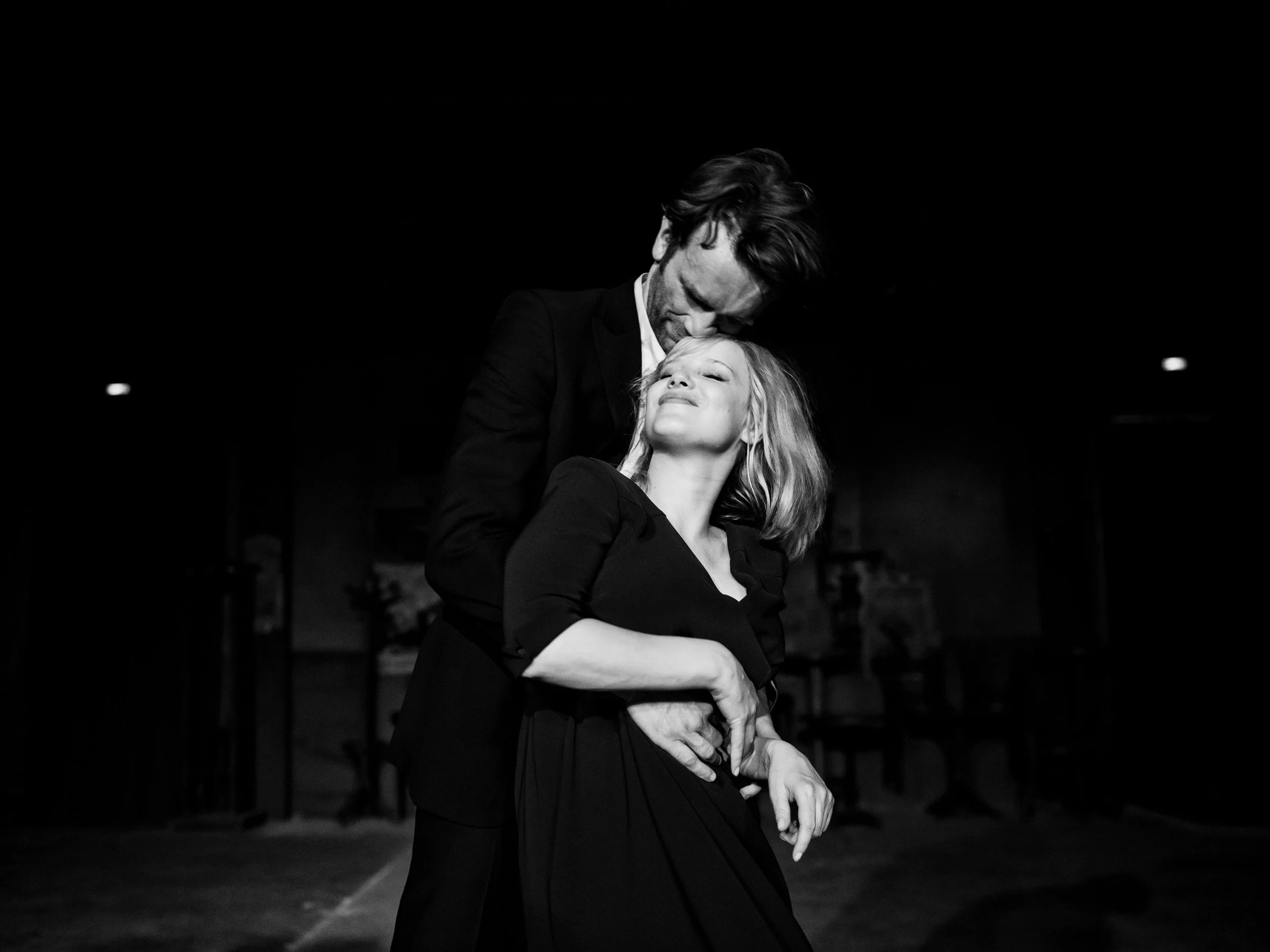Cold War
A Foreign Affair
Originally printed in Compass, January 30, 2019.
It’s likely many moviegoers will be turned off by just the idea of seeing “Cold War,” which is one of five films, along with “Roma,” nominated for Best Foreign Language Film at this year’s Academy Awards. Paweł Pawlikowski (who directed 2015’s Best Foreign Language Film winner “Ida”) is also nominated for Best Director, foreign or not, and Łukasz Zal’s work on the film is nominated for Best Cinematography.
Despite the veneration, it’s a hard sell. The film is in Polish, which to an American audience conjures neither the sophisticated romance of French films nor the operatic passions of Italian cinema. No, here we think of the insular Central European country covered in bitter snow and shadowed by the darkest conflict of the 20th century. Yet, “Cold War” would appear to be the antidote to the overstuffed sluggishness that characterizes this decade’s crop of American films. We’re regularly crossing the two hour mark, popcorn long gone while viewing the slow–burn birth of Lady Gaga’s stardom, or the Hamlet-lite quest of Black Panther to take back the rightful rule of his African techno-paradise. So at 98 minutes, Pawlikowski delivers something delightfully fresh this award season. This is a romantic drama acted out almost entirely by two attractive actors, and it has everything you want from that scenario: it’s hot, it’s histrionic and it’s even a bit acidic. Even with a darkly funny musical number acting as a love-letter to Stalin, there’s a smoky mystique in “Cold War,” with its sultry jazz clubs and heated love thwarted by political intervention, that’s sure to take you back to “Casablanca.” How’s that for accessible?
So don’t be alarmed when “Cold War” opens tight on a band of rural singers in winter. Surrounded by wandering chickens and making more noise than tune, the band’s haggard faces look like subjects of Arthur Rothstein’s poverty photojournalism. But this isn’t about them, it’s about who’s listening. Tape recorder in hand, Wiktor (Tomasz Kot) and Irena (Agata Kulesza) are on a talent search with plans of directing a touring song and dance troupe. For the troupe’s manager (Borys Szyc), who doubles as their watchful government liaison, it’s a mission to extol the propagandist virtues of nationalism and communist reign. Wiktor, on the other hand, a prototypical European romantic hero — the turtlenecks, the cigarettes, the torturous devotion to art — wants to express the authentic culture of Poland’s peasants.
Well, until his personal desires get in the way. As the troupe holds open auditions that strike the same levity as watching young hopefuls on a television talent show, Wiktor’s attention is a bit diverted. He’s not watching the honest face and pure voice of the agrarian girl belting out a hometown mountain tune, so much as her last minute, less gifted singing partner Zula (Joanna Kulig, her soft face cloaking a tempest). Even Irena sees why, unimpressed as he joins a long history of aroused men who’ve said something like “she just has… something.” Uh-huh.
Wiktor knows, yet can’t quite accept, that Zula is the antithesis of his pursuit — she’s a beautiful liar, opportunistically coasting on charm. Or is her magnetism rooted in her earth-bound honesty, and is it Wiktor who’s crudely swept up in the make-believe life of an artist? The flame of their attraction catches immediately and burns through the next decade as the film clips along across years and borders, speeding through a succession of pain caused by an early, fateful pair of twin choices made by each lover.
Framed in a 4:3 aspect ratio, once the standard before the dawn of widescreen entertainment, Pawlikowski and Zal’s tight focus and crisply striking black-and-white imagery never let the audience’s eyes wander. What might initially read as a gimmick becomes a intimate reminder at the powerful language of film composition. Simple yet stunningly effective shots like a crowded party scene viewed entirely in a mirror as wallflowers Wiktor and Irena lean against the reflective wall, or the Gothic isolation of abandoned architecture in the frozen countryside, the grayscale blending the shadow with the stone, the snow with the light, remind us that good art exists on a limited canvas. There are scenes that could easily be framed as photographs, as much about what we see as what we don’t. Pawlikowski knows, to show us something with clear intent, you have to trim the excess.
